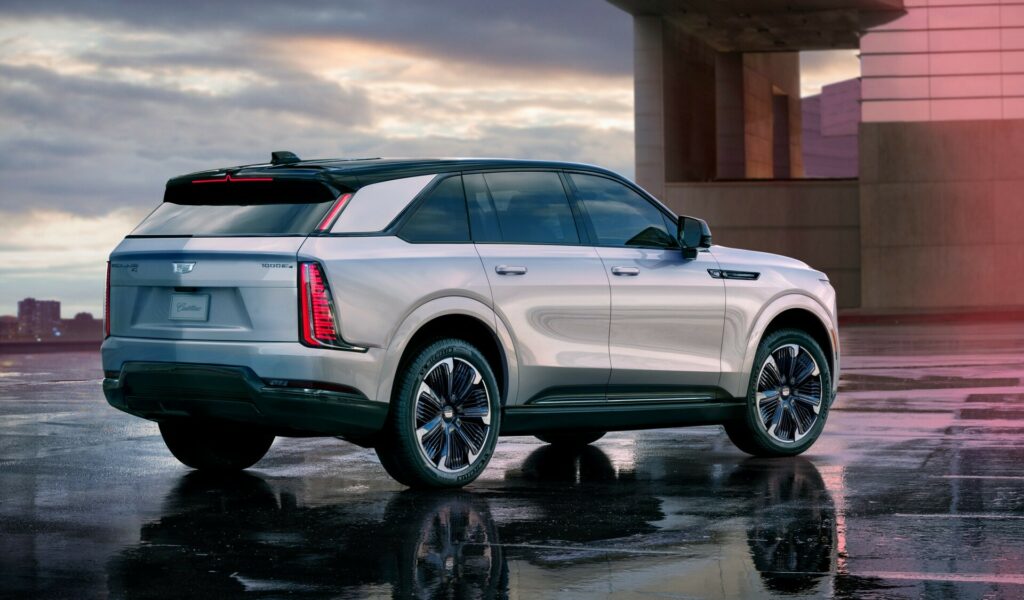GM’s Secret Battery Breakthrough Could Slash EV Costs

- GM and LG will put lithium manganese-rich (LMR) batteries into production by 2028.
- These use a unique cell chemistry that has high amounts of manganese and little cobalt.
- The new batteries promise a 33% higher energy density than LFP batteries at a comparable cost.
General Motors and LG Energy have announced plans to use lithium manganese-rich (LMR) prismatic battery cells in electric trucks and full-size SUVs. The automaker intends to be the first to use LMR batteries and production is slated to begin by 2028.
GM says LMR batteries are a breakthrough as traditional battery cathodes require nickel, manganese, and expensive cobalt. This drives up prices and makes EVs expensive.
More: Stellantis’ Solid-State Battery With 18-Minute Fast Charging Is Almost Ready
LMR batteries seek to address this by using a “higher proportion of more affordable manganese.” They also promise to deliver a “greater capacity and energy density.”
The companies didn’t go into many specifics, but said their new LMR prismatic battery cell has a 33% higher energy density than the best-performing lithium iron phosphate (LFP) cells, despite having a comparable cost.
So what does this all mean? We can expect an electric truck that delivers more than 400 miles (644 km) of range as well as “significant battery pack cost savings compared to today’s high-nickel pack.” That would be a welcome development as the 2025 Chevrolet Silverado EV LT Extended Range starts at $75,195 and has an EPA-estimated range of up to 408 miles (657 km).
GM’s director of advanced battery cell engineering said the batteries are the result of a decade of development. Kushal Narayanaswamy went on to say GM’s current crop of electric trucks and SUVs use NMCA batteries and these have a composition that is roughly 85% nickel, 10% manganese, and 5% cobalt. LMR batteries are vastly different as they’re about 65% manganese, 35% nickel, and use “virtually no cobalt.” In effect, they use more of the cheaper materials and less of the expensive ones.
